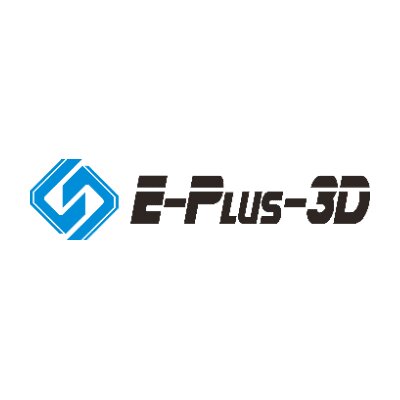Eplus3D collaborates with LEAP71 on the world's largest metal-printed rocket engine
Eplus3D and LEAP71, partners in 3D metal printing and computational engineering, have reached a significant milestone: the production of the world's largest single-piece 3D-printed rocket engine.
Introduction
Eplus3D and LEAP71 have jointly developed and produced the world's largest single-piece 3D-printed rocket engine – a technological breakthrough in additive manufacturing.
Sophisticated design
The 200 kN engine is over 1.3 meters tall and was designed by LEAP71 using the Noyron Large Computational Engineering Model. Noyron combines engineering knowledge, logic, physics, and manufacturing constraints in an AI-powered environment for the design of complex machines.
This engine, powered by cryogenic liquid oxygen and kerosene, is a further development of the Noyron TKL-5 engine, which LEAP71 has already successfully tested – with a 40-fold increase in power. Its innovative design integrates previously separate components into a single, highly complex structure. It was printed from AlSi10Mg, an aluminum alloy, on an Eplus3D EP-M650-1600 Metal Powder Bed Fusion (MPBF) printer with six 500 W lasers.
Josefine Lissner of LEAP71 emphasizes: "LEAP71's computational models enable the autonomous design of space hardware without traditional CAD models. Eplus3D has not only pushed the limits of print size but also set new standards in the repeatability and quality of the final results."
Thanks to the EP-M650H printer's enormous build volume of 650 x 650 x 1600 mm, LEAP71 was able to design a fully integrated engine geometry. The continuous printing process took 354 hours.
Technological innovation
Traditionally, rocket engines consist of numerous individual parts that must be assembled, welded, and qualified. This engine integrates all essential components—including the combustion chamber, nozzle, cooling channels, manifolds, and structural elements—into a single unit.
The engine is made of AlSi10Mg. Thanks to a dual thermal management strategy, cryogenic liquid oxygen provides regenerative cooling of the main combustion chamber, while kerosene cools the nozzle. The selected layer thickness of 60 µm minimizes wall roughness and reduces pressure loss due to friction.
Future of aerospace
The successful production of this rocket engine underscores Eplus3D's expertise in large-format, complex metal 3D printing. Optimized printing parameters and high-performance materials have raised quality to a new level – without additional post-processing.
This technological breakthrough demonstrates the potential of computational engineering for the development of highly integrated machines, which are only possible through additive manufacturing. The close integration of design and production accelerates the development of advanced aerospace components and creates new innovation opportunities in other industries.
About LEAP71
LEAP71 is a global technology company based in Dubai that is pioneering computational engineering. Using advanced software algorithms, the company autonomously designs complex physical products. At the heart of this innovation is Noyron, an AI-powered engineering model that generates sophisticated machines without manual input.
About Eplus3D
Eplus3D has been developing industrial additive manufacturing systems for metal and polymer powders since 1993. With offices in Beijing, Hangzhou, Stuttgart, and Houston, the company offers professional solutions for aerospace, energy, automotive, toolmaking, healthcare, and precision manufacturing.


